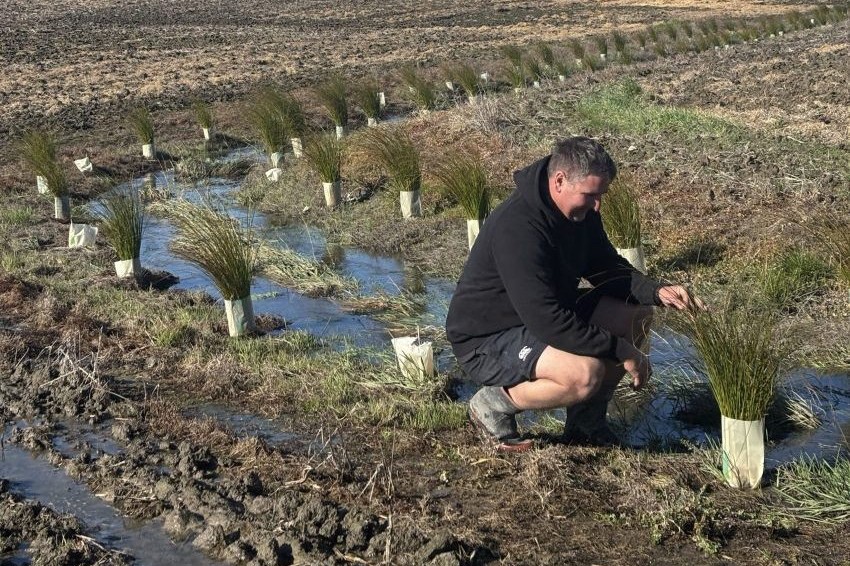Rebecca Harper
Forestry Minister Shane Jones is puzzled more farmers aren’t lining up to take advantage of ‘handsome’ grants available through the One Billion Trees Fund.
But he says he is listening to concerns raised about the impact of farmland being sold to forestry will have on rural communities, and has officials looking into the issue. He expects to receive advice in about six weeks.
“When the mayors bring to my attention that we, or I am, threatening the future of rural communities… I have undertaken to get officials to do analysis and look at what settings might need to be re-calibrated or re-set, if that is the case. I don’t believe it to be the case.
“But I do believe the farming communities themselves need to make more use of the handsome tree subsidies.”
Of the 36 grants approved under the One Billion Trees Fund to date, 30 include native planting. Twenty-six of those grants are under 50 hectares and all the grants are under 140ha.
Jones says the political motivation to back forestry, predominantly driven by him, has three dimensions.
“One, the forestry sector is already largely foreign-owned. The changes to the Overseas Investment Act were to make it simpler for genuine transactions to take place… The changes actually give the Crown greater surveillance of overseas purchasers.”
Secondly, he says, trees have a role to play as climate change policies are implemented.
For many years farmers have called for forestry to be added to the mitigation mix.
“Farm foresters are telling us that they are making annual returns of $1100 per hectare from timber alone (not including carbon prices). This is an important opportunity to diversify income and turn unproductive land into an asset.”
Finally, Jones says two thirds of the One Billion Tree Fund money is for manuka and other native trees, but he accepts the message about the intent of this policy has not been heard by the majority of the farming community.
Rather than the One Billion Tree Fund, he thinks what is driving the underlying interest in land being bought and put exclusively into forestry is a belief the price of carbon units will increase.
National’s Nathan Guy says the party is listening to the concerns and much of it would play out in the Zero Carbon Bill Select Committee process, where he anticipated many farmers would turn up to have their voice.
He could not say what a National Government would do, if elected in 2020, as there was a lot of water to go under the bridge before then. “Changes need to be made right now, actually.”
Jones says the last thing New Zealand First would want to do is disembowel rural communities.
“We need to bring a form of regulation to the fore to ensure that, when people are buying farms and converting farms for carbon forestry, we don’t undermine the ability of rural New Zealand to operate with critical mass and to continue to grow food.”
Jones is keen to examine whether farms are being bought in the pursuit of carbon riches.
Officials will be advising him if it is necessary to tweak existing settings, if it turns out the policy is not achieving the right tree, at the right time, in the right place.
As for speculation on the carbon price, Jones says the Government has not committed to a carbon figure, but is sceptical of it skyrocketing.
By the numbers
Between 230,000 and 430,000 hectares to be planted to reach the one billion trees goal over 10 years.
New Zealand has 1.7 million ha of plantation forestry. The policy will take it to 2 million ha.
There is 12.6 million ha of farmland in NZ, of which 8.5 million is in sheep and beef farms.
If all new planting was on farmland that is just 3% of all farms. That does not suggest a major shift, more a gradual redistribution of land use.
Overseas Investment Office data shows four purchases of existing forests and three of farmland.
Of the farmland bought a total of 2300ha is to be planted and a further 1200ha of this to remain in existing land use.
The provisional new planting estimate for the year to December 31, 2018, is 9100ha.
1700 out of 2100 forestry participants in the ETS are farm foresters.
180,000ha of plantation forestry is already on sheep and beef farms.
- Figures supplied by Shane Jones’ office.




